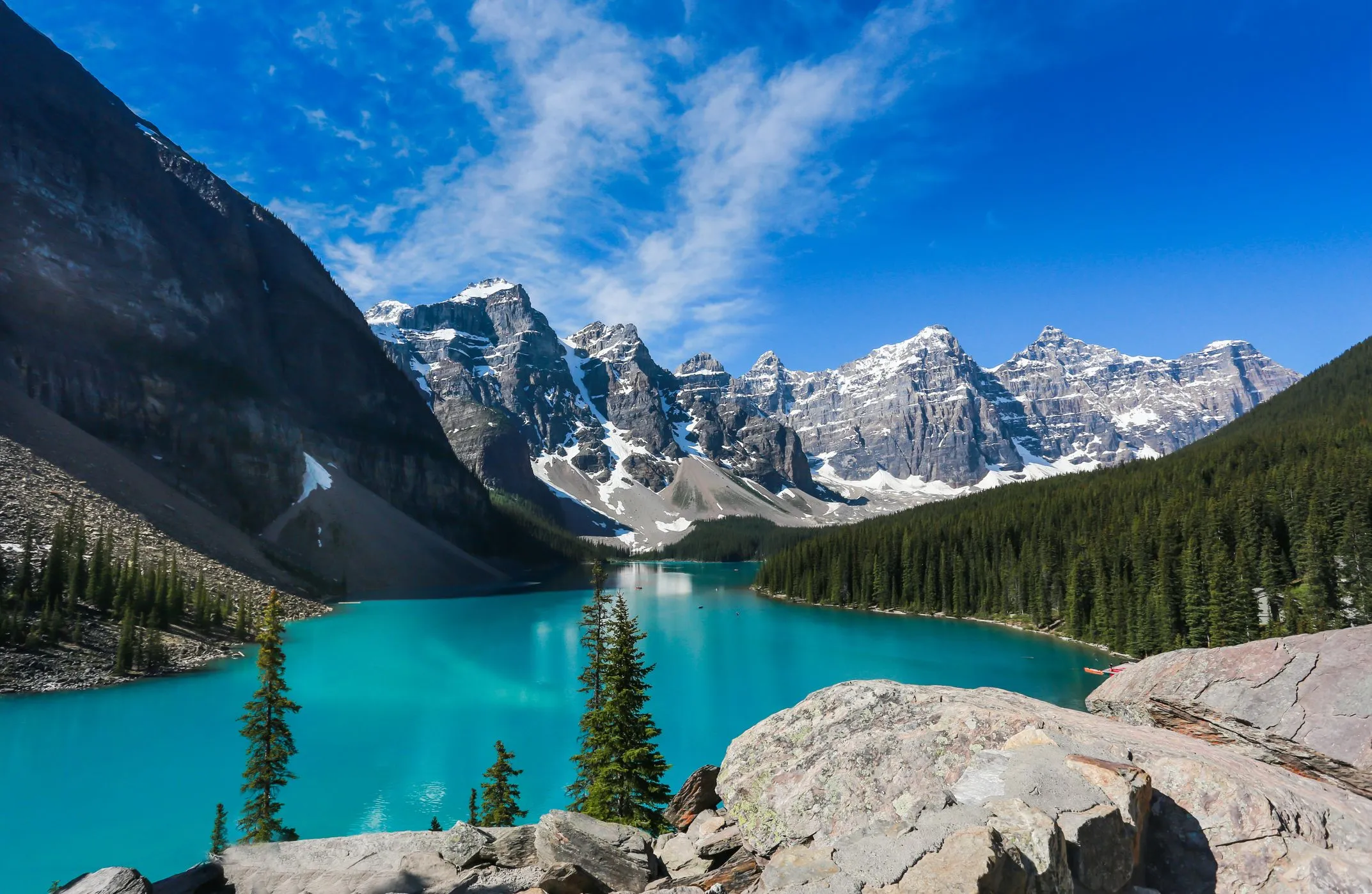risingtideproject.org – The Rocky Mountains, a breathtaking and rugged mountain range that stretches over 3,000 miles from the northernmost part of British Columbia in Canada to New Mexico in the United States, is a testament to the raw beauty and untamed wilderness that defines North America. This majestic range, with its towering peaks, deep valleys, and diverse ecosystems, is not just a geographical landmark but a symbol of the continent’s natural heritage and a sanctuary for countless species of flora and fauna.
The Geological Marvel
The formation of the Rocky Mountains is a story of the earth’s dynamic processes, dating back over 80 million years to the Laramide orogeny. This geological upheaval pushed up the ancient seabed, creating the dramatic landscape that we see today. The range is a complex system of mountain ridges, plateaus, and valleys, with the highest peak being Mount Elbert in Colorado at 14,440 feet above sea level.
Biodiversity and Ecosystems
The Rocky Mountains are a haven for biodiversity, hosting a wide array of ecosystems from alpine tundra to coniferous forests. This diversity supports a rich variety of wildlife, including the iconic grizzly bear, the elusive wolverine, the majestic elk, and the swift bighorn sheep, among many others. The range also serves as a critical habitat for over 300 species of birds, making it a paradise for birdwatchers.
The Cultural Heartland
For centuries, the Rocky Mountains have been a place of significance for Indigenous peoples, offering resources and spiritual connection. With the arrival of European settlers, the mountains became a symbol of the frontier spirit, a place of adventure and discovery. Today, the Rockies continue to inspire, with their history and culture preserved in numerous national parks, monuments, and historic sites.
Recreation and Conservation
The Rocky Mountains offer unparalleled opportunities for outdoor recreation, from hiking and skiing to fishing and wildlife watching. However, with increasing human activity comes the challenge of conservation. Efforts to protect this wilderness include the establishment of national parks and wildlife reserves, as well as initiatives to combat climate change and habitat destruction.
Conclusion
The Rocky Mountains stand as a monument to the natural world’s grandeur and resilience. They remind us of the importance of preserving wilderness for future generations. As we explore and enjoy the heart of North American wilderness, let us also commit to its protection, ensuring that the Rocky Mountains continue to inspire awe and wonder for centuries to come.
